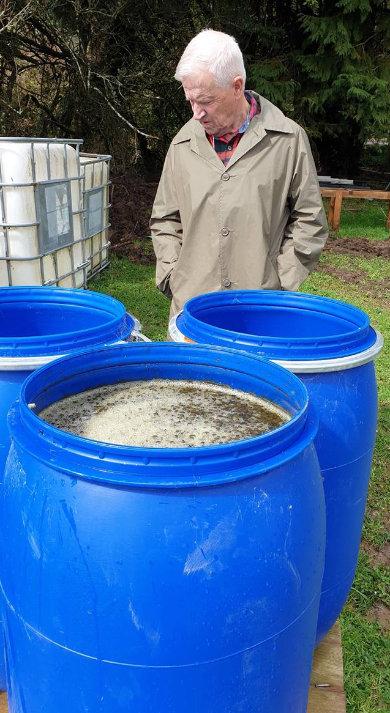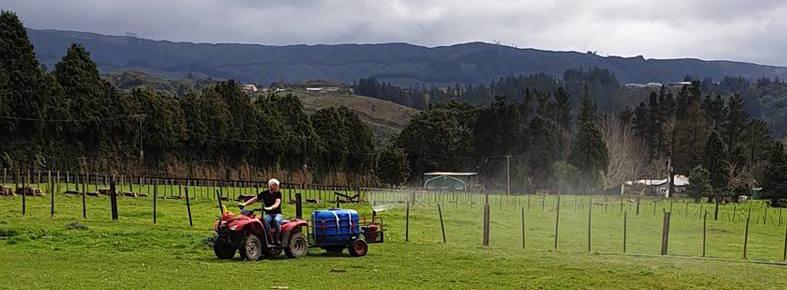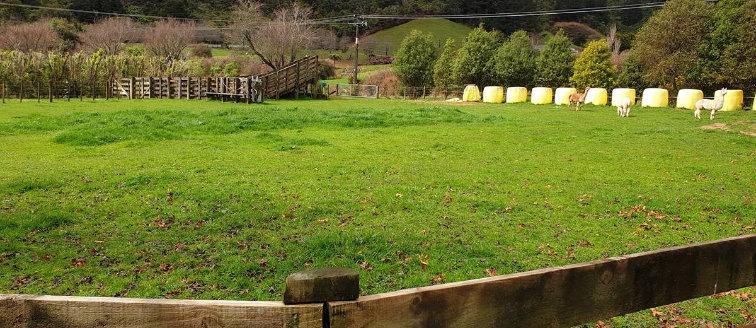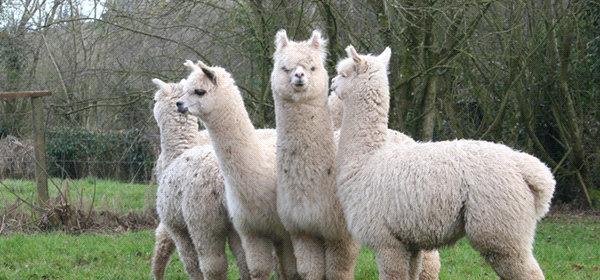
2 minute read
Making Liquid Fertiliser
MAKING LIQUID FERTILIZER

Advertisement

By Wayne & Maureen Pe�ersson –Stalybrook Dexter Ca�le, Upper Hu� NZ
We have been making alpaca and chicken liquid manure for about 12 years, a�er seeing how the grass growth around the alpacas toilet area became greener, taller, more dense and with deeper root systems than the surrounding pasture. The fact that our ca�le and alpacas gravitated to these areas when moved into the paddocks convinced us that we should treat all our paddocks to “paca poo magic”.
Before commencing making the fer�lizer it is a good idea to watch a short 5 minute video by John Wicks called “The Years Project” - it provides convincing evidence that applying compost to pastureland results in long las�ng benefits, including boun�ful grass and sequestra�on of carbon in the soil.
Camelids are tylopods with three stomach compartments, the rumen, the omasum and the abomaseum. They convert grass and hay into energy quickly and eat far less, as a percentage of their body weight, than other farm animals. Their dung is lower in organic ma�er but has enough to improve soil texture and water holding capacity. Llama poo aided the Inca civiliza�on and powered Machu Picchu’s crops. View ar�cle of interest here in Smithsonian Magazine.

Camelid poo is rela�vely high in nitrogen, phosphorus and potassium but it can be used directly on the garden without burning plants. However, we prefer to compost our alpaca and llama poo because it can some�mes contain weed seeds. Piling it under black plas�c for six months allows the worms to do their job and create a dark friable soil so it is easier to pick up, plus, like humans they poo and pee in the same area.
Making liquid manure is very simple, you need a large bucket or container, with a lid. Put the poo into the bucket, about ¼ full, and fill with water. For those of you with access to tank, stream or bore water, use this. I will have to use chlorinated tap water. S�r well and secure the lid. If the container is white, keep it out of direct sunlight.
S�r daily, with a large implement for the first week and then twice weekly un�l ready, about three weeks or more. (If you want to get as much out of this as possible put some gloves on and get in there to break up what is floa�ng on the surface.) Then sieve. Put the liquid fer�lizer into containers and the slurry into the compost bin or directly on the garden. When using the fer�lizer we recommend a ra�o of 1 fer�lizer to 10 water, for the garden and 1 fer�lizer to 4 water for paddocks. Spraying equipment depends what you have on hand. We use a trash pump which can take some solid ma�er without blocking up.

Making use of Mother Nature takes a bit of �me but it’s hard to beat the cost or efficiency.
Right- Ge�ng water in to the tanks
Below- Wayne spreading fer�liser

Below- Grass around alpaca toilet











